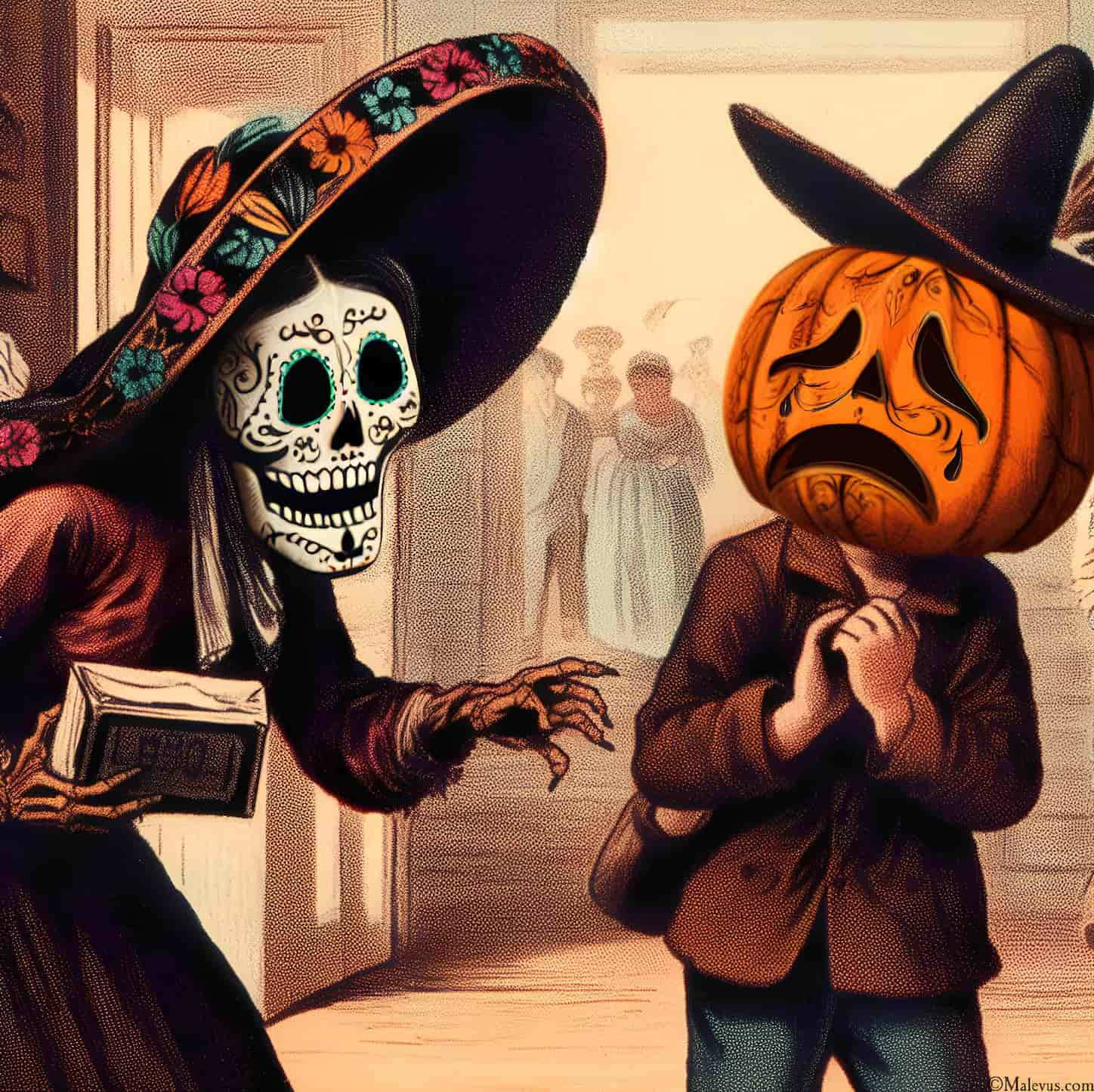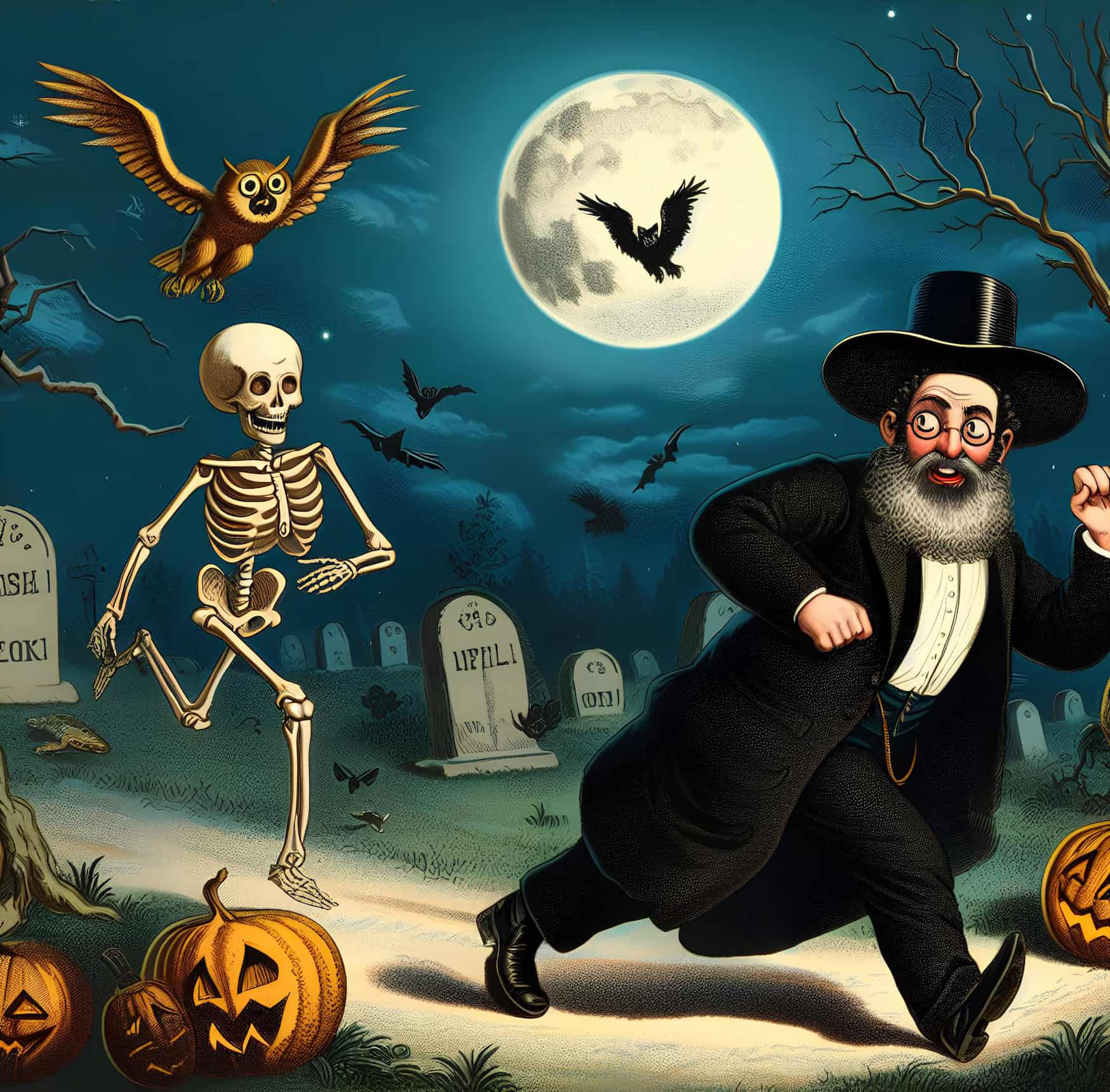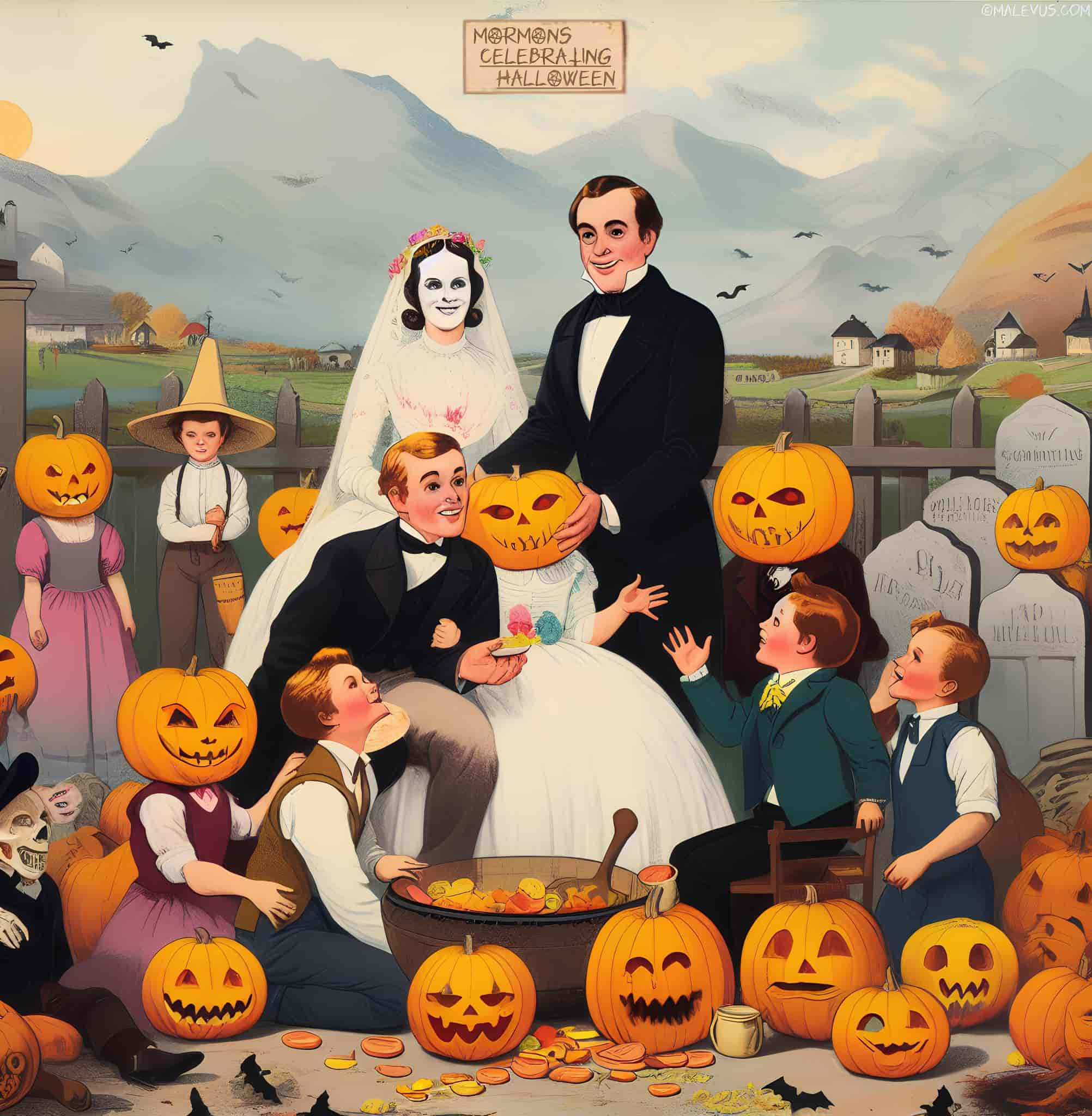Mexico does not generally celebrate Halloween. It is not a traditionally observed festival in the country since it has its roots in Europe and was introduced to the Americas by the settlers of the British colonies and the immigrants of the Irish in the 1850s. In contrast, Mexico celebrates its own unique festival on November 1st and 2nd called the Day of the Dead (Dia de Muertos). The Spanish colonizers of Mexico introduced the Catholic observances of All Saints’ Day and All Souls’ Day to the country in the 16th century as well.
The Comparison of the Day of the Dead to Halloween
Despite certain parallels in their traditions and practices, Halloween and the Day of the Dead are two separate festivals with different origins.
Similarities:
- Costumes, makeup, and masks are staples of both celebrations.
- The use of skulls and skeletons in decorating is shared by both celebrations.
- The concepts of death and the afterlife are central to both celebrations.
Differences:
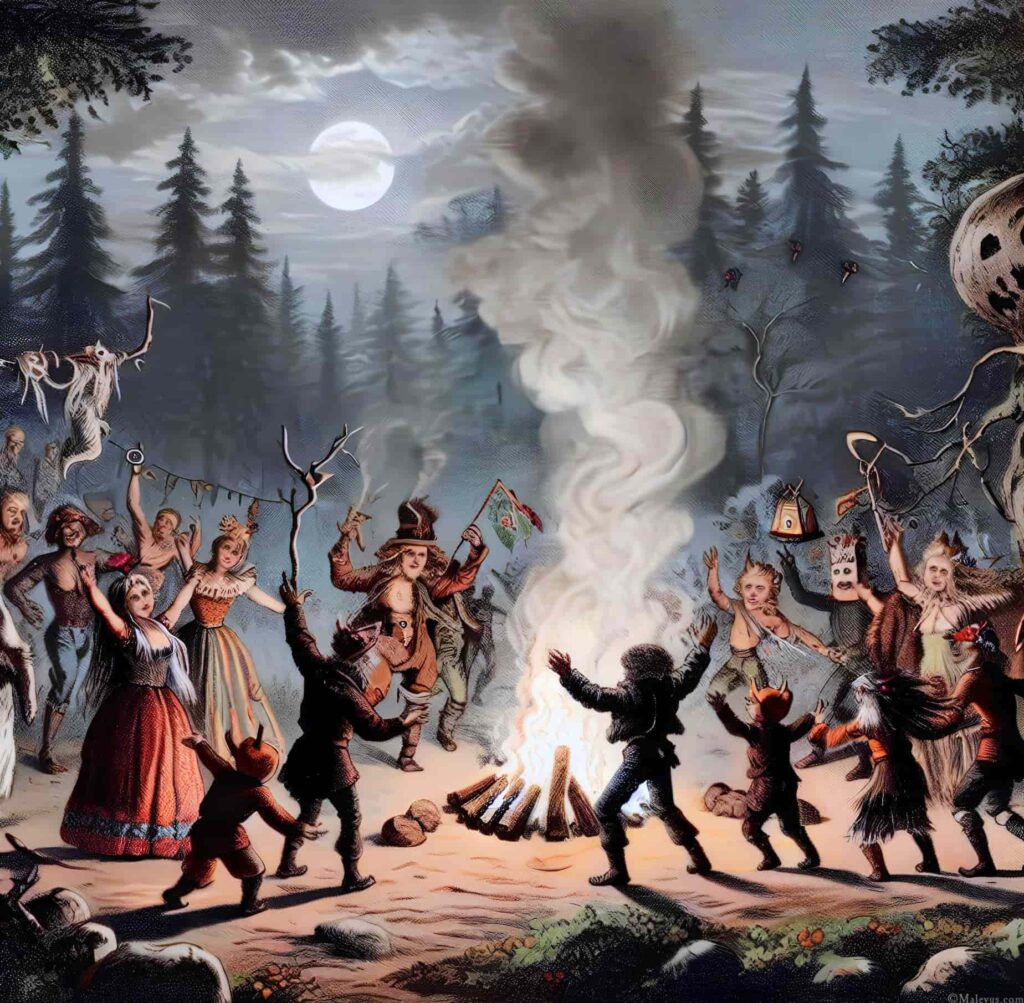
- Halloween is traced back to the Pagan Celtic Samhain festival, but the Day of the Dead includes indigenous Mexican origins.
- Unlike the Day of the Dead, a historic Mexican celebration steeped in cultural and religious importance, Halloween is predominantly a commercial event in the United States.
- The Day of the Dead is a celebration of life and death, in contrast to the sinister, grotesque associations of Halloween.
- In contrast to the traditional activities associated with Halloween, such as trick-or-treating, haunted houses, and costume parties, the Day of the Dead involves going to cemeteries and building ofrendas, or altars, which are then decorated with flowers, candles, and other gifts.
- The Day of the Dead occurs on November 1st and 2nd, whereas Halloween is on October 31st.
-> See also: Why Are Owls Associated with Halloween?
Some Mexicans Still Celebrate Halloween
Urban Areas
Just like in all countries, Mexico defies singular categorization when it comes to which citizens celebrate Halloween and which do not. Although it is not a nationally observed holiday, Halloween has become popular in several cities and other communities near the United States border.
American popular culture and cultural interchange have been major factors in its acceptance. Mexicans call Halloween “Dia de las Brujas” (Day of the Witches) and a minority of youngsters dress up in costumes and visit neighbors’ houses in search of treats on October 31st. However, since the Day of the Dead celebrations frequently begin before Halloween and continue until November 2nd, these Halloween rituals often blend with the actual festival.
“Queremos Halloween!”
Children play a central role in celebrating Halloween, or Da de las Brujas (Day of the Witches) in Mexico. They dress up in costumes and visit neighbors for treats. Instead of “trick or treat,” they cry “Queremos Halloween!” (which means “we want Halloween”).
Since the Day of the Dead already intermingles with other Catholic holy days (All Saints’ Day and All Souls’ Day), it tends to eclipse Halloween festivities, but it continues to grow in popularity. Adults in Mexico view Halloween as an opportunity to dress up and join parties since it brings together like-minded individuals who appreciate American lifestyles more.
History of Halloween in Mexico
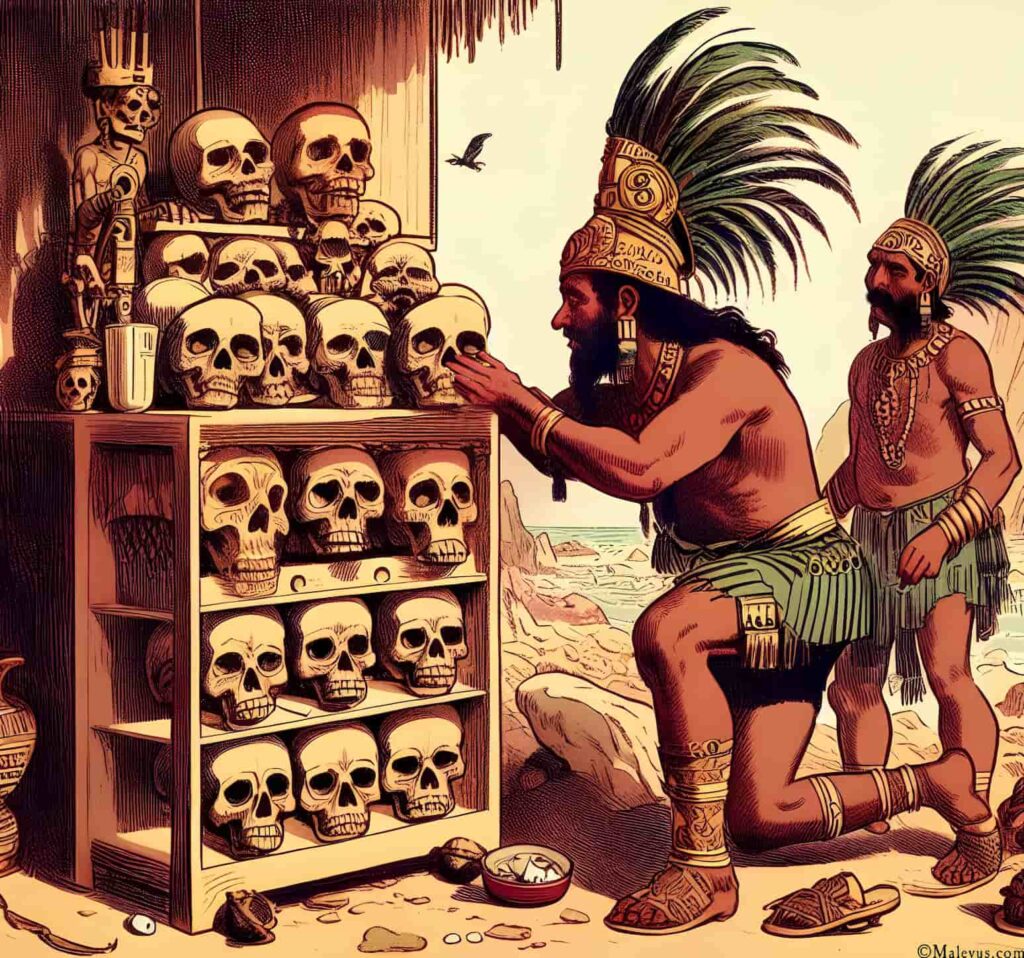
In recent years, Halloween has been brought to Mexico through the impact of U.S. consumer products, media, and popular culture, notably with the establishment of the North American Free Trade Agreement in 1994. Some Mexicans saw the introduction of Halloween as a representative of what they called “cultural imperialism,” the United States’ exploitation of its cultural dominance to retain political and economic control over Mexico.
Halloween celebrations, especially among youngsters who look forward to trick-or-treating and dressing up in costumes, have grown more popular in Mexico. Many Mexicans, however, continue to celebrate the Day of the Dead independently of Halloween and in accordance with their own set of traditions.
This festival has become more well-known outside Mexico in recent years, notably in the United States, where many individuals of Mexican ancestry celebrate it. But the Day of the Dead is not the same as Halloween, which has its own history and customs that have nothing to do with the Mexican event.
The Celtic people, who at the end of the Iron Age ruled over most of Europe, are often credited with bringing Halloween to modern-day Ireland, the United Kingdom, and Scotland. All Hallows Eve, All Saints Day, and All Souls Day, together known as Hallowmas, continued to be celebrated with bonfires and costumes despite their best attempts to eradicate the practice.
There has never been a decline in the custom of hiding your identity behind a mask on October 31. These customs originated in Europe but were introduced to North America by the British colonists and subsequently by the Irish immigrants who arrived in the 1850s.
The Spanish colonizers of Mexico introduced the Catholic observances of All Saints’ Day and All Souls’ Day to the New World. The church adopted aspects of the Aztec celebration in an effort to Christianize formerly heathen traditions and bring the two civilizations together amicably. The Aztec event was originally held at the beginning of summer, but the Spanish priests moved it to the conclusion of summer so that it would coincide with their own celebration of the dead, All Souls Day.
What is the Day of the Dead Festival?
Although it has ancient Indigenous origins in Latin America dating back to 1000 BC, the Day of the Dead, or Dia de Muertos, is a traditional Mexican celebration that draws heavily from the Aztec and Mexica civilizations. It is a popular Mexican celebration marked by trips to cemeteries, the building of ofrendas, and the adornment of altars with flowers and candles in memory of departed ones.
The ancestors of Mexicans, the Aztecs, celebrated the deceased with a festival in the month of Mictecacihuatl (“the Lady of the Dead”), starting as late as the 14th century AD. The calendar month of this Aztec deity corresponded to July. Death was considered temporary and the departed were believed to pay visits to the living.
In the autumn, there would be at least two major holidays honoring the deceased and welcoming them back to the living. There is music, dancing, and parades on the Day of the Dead, as it has grown to be such an important event in Mexico. Although the Day of the Dead is most closely associated with Mexico, it is celebrated in a similar fashion in other Catholic nations across the globe.
How is the Day of the Dead Celebrated in Mexico?
The 1st and 2nd of November mark the annual celebration of the Day of the Dead. They include going to cemeteries, building ofrendas, and adorning altars with flowers, candles, and other tributes in memory of and respect for ancestors. There are some basic tenets of this Mexican celebration:
- At an ofrenda, loved ones of the departed are honored with photographs and perhaps their favorite foods and drinks.
- Visitors are welcomed inside homes and given traditional Mexican fare like pan de muerto and atole, a drink derived from maize, as well as a glimpse at the altar.
- Many Mexicans visit cemeteries on November 2 to leave floral tributes, lit candles, and other gifts for the deceased.
- There are parades, concerts, and dance parties.
- Costumes of calaveras or colorful skulls and skeletons are common, as is the use of face paint or masks.
- The celebration was heavily inspired by the Aztec and Mexica civilizations, although it has ancient Indigenous origins.
- The Spanish colonizers of Mexico also introduced the Catholic observances of All Saints’ Day and All Souls’ Day to Mexico.


